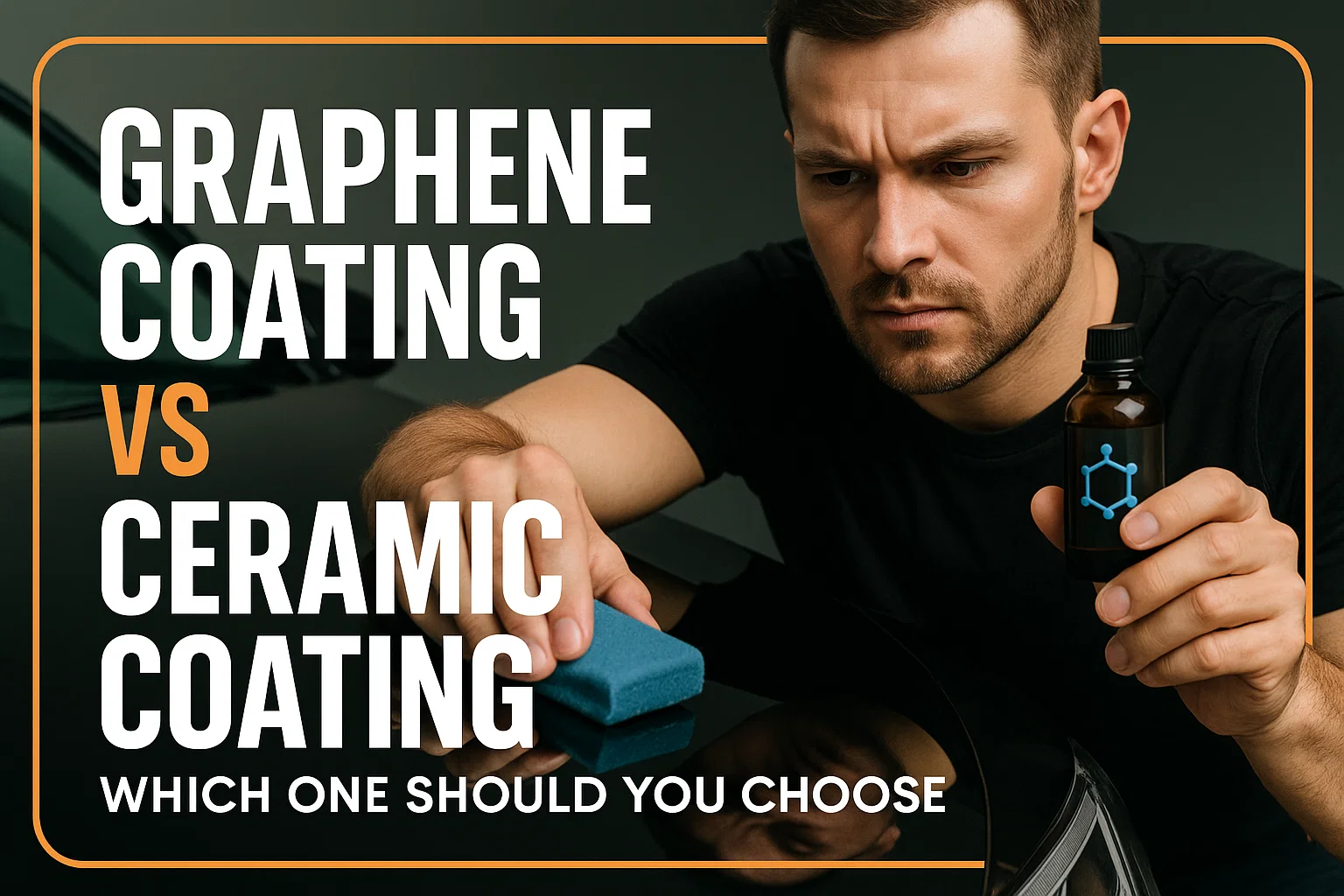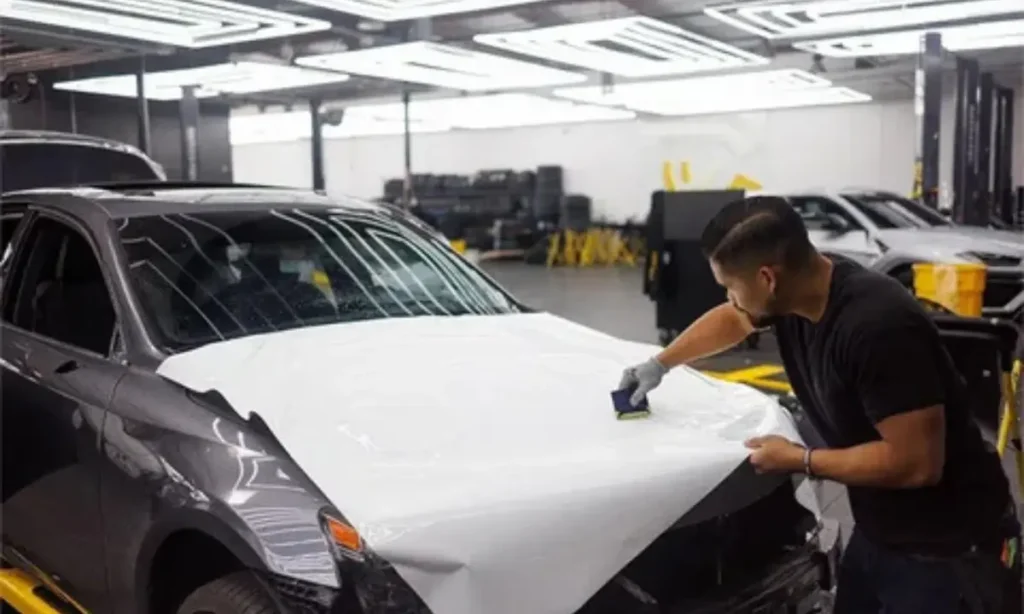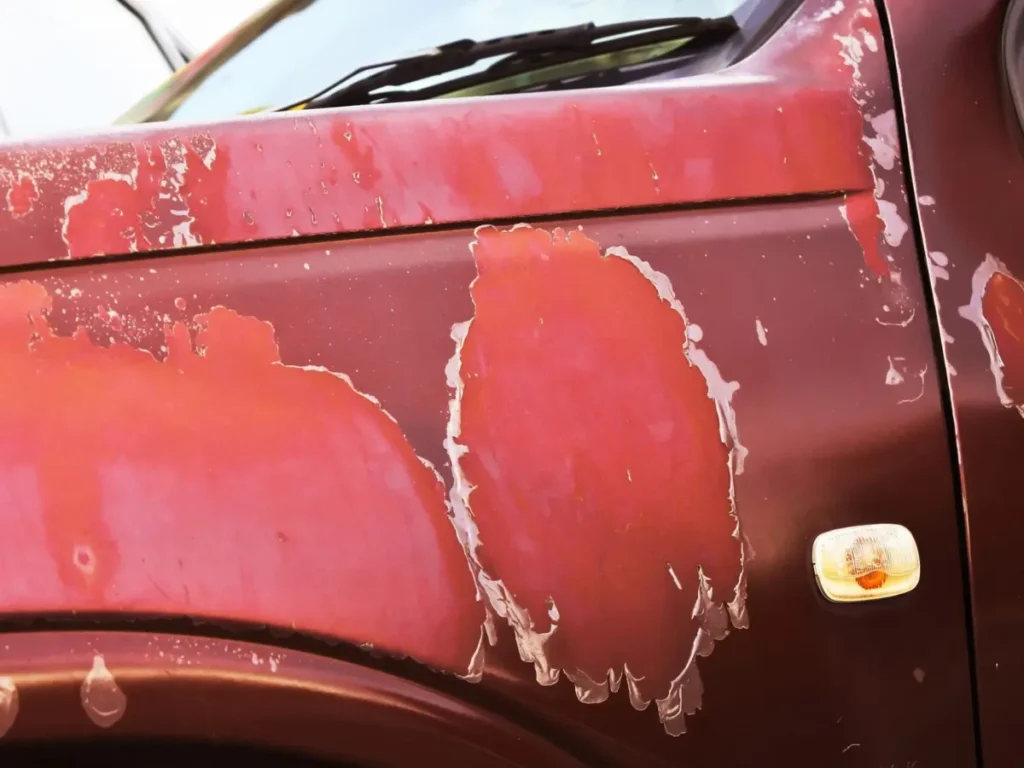Choosing the right coating when it comes to protecting the paint on your vehicle makes a difference in both maintaining and protecting its value and appearance. Two of the most popular options that paint protection offers today, both the graphene coating and the ceramic coating, offer high-performing, durable finishes. However, they differ in a few salient ways that could affect the maintenance, shine, and overall protection that your car may receive. This is a complete guide to graphene coating vs ceramic coating for any car lover or someone just looking to maintain the appearance of their vehicle. It details everything necessary in choosing the right one for your needs, budget and driving conditions.
Pros and Cons of Graphene and Ceramic Coating
For protecting your paint, car waxing and sealants simply won’t do; both graphene and ceramic offer coatings with advanced benefits. Although both technologies differ greatly in performance, composition and durability, weighing the advantages and disadvantages of each will assist you in making a more personalised decision based on your vehicle and how you drive.
Ceramic Coating
The primary component of ceramic coatings is silicon dioxide (SiO2) nanoparticles that create a tough, protective layer over a vehicle’s surfaces, thus greatly enhancing the vehicle’s resistance to scratches, ultraviolet rays, and chemical stains. This type of coating in vehicle care has been defensively utilised for many years because of its proven protective value and glossy perfection.
Pros:
- Increased gloss and paint depths
- Affordability and widespread availability
- Strong protection against ultraviolet rays, scratches and chemicals
- Hydrophobic, repels water and dirt
Cons:
- Water spots may form
- Possible thickness can cause yellowing over time
- Requires multiple layers and a defined curing process
- Complex process of application entails multiple layers
Often requires multiple layers with a complex application process
Graphene Coating
The protective benefits of paint coatings are elevated with the addition of graphene ceramic coatings, which in turn incorporate more structure and nanomaterials with added strength and flexibility due to the capability of increased heat dissipation.
Pros:
- Superior durability and flexibility
- Excellent heat dissipation
- Better water spot and chemical resistance
- Thinner maintains paint clarity
- Easier application and faster curing
Cons:
- Higher cost
- Limited availability
- Newer technology with less long-term data
- Requires proper maintenance
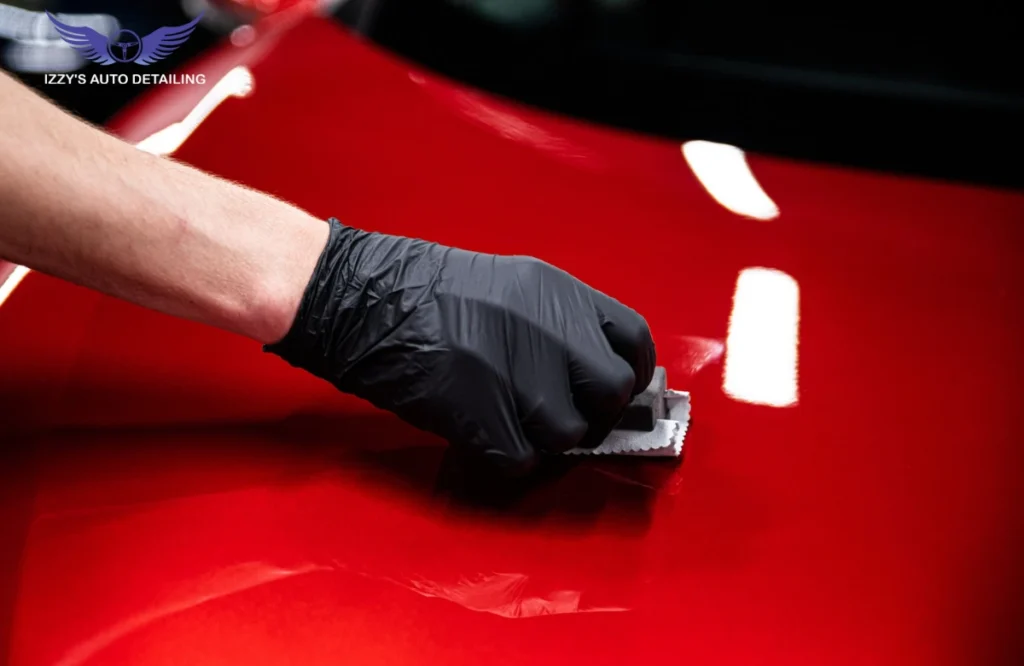
Cost Considerations for Graphene Coating vs Ceramic Coating
Graphene coatings tend to be more expensive than ceramic coatings due to the more advanced technology and hyper-boosted functionality offered by the coating. That said, the upfront cost is usually offset by the long-term protection against the need to be reapplied frequently, thereby increasing the overall value of the coating.
| Feature | Ceramic Coating | Graphene Coating |
| Average Cost (DIY) | $50 – $100 per 30ml | $70 – $150 per 30ml |
| Professional Application | $500 – $2,000 | $800 – $2,500+ |
| Typical Lifespan | 2 – 5 years | 5 – 10 years |
| Maintenance Frequency | More frequent | Less frequent |
| Value Over Time | Lower initial cost but more reapplications needed | Higher initial cost but longer-lasting protection |
Though more affordable and easier to find, ceramic coatings have less durability than graphene coatings, which, in addition to being more durable, have a longer period than ceramic coatings in between auto detailing treatments, potentially saving car owners money in the long run.
Graphene Coating vs Ceramic Coating – Main Differences
Vehicle paint protection is available in both ceramic and graphene coatings. Each has proprietary materials, performs differently, and has a different lifespan. Knowing the primary differences aids in determining which one is more suitable.
Materials and Structure
A primary ingredient in ceramic coatings is silicon dioxide (SiO2) nanoparticles. They together create a hard and protective layer that offers reasonable hardness and UV resistance, and thus a protective sheath. Incorporating graphene into coatings, including silicon nitride, which is a nanomaterial with a single layer of carbon atoms, ensures better retention of strength and flexibility than in the ceramic/coating layer, improved flexibility, and superior heat dissipation.
Durability and Hardness
With a hardness rate of 8H and 10H, ceramic coatings provide decent scratch resistance while retaining flexibility. Superior hardness, flexibility, and additional graphene abrasion resistance are achieved with ease, with which a molecule of clad is framed and bonded.
Heat Resistance and Dissipation
Moderate resistance to heat is offered by ceramic coatings, while the properties of cooling are still absent in the coatings. They are less effective than graphene in retaining heat, which benefits heat-exposed vehicles.
Hydrophobicity and Water Spot Resistance
While both coatings repel water to avoid dirt accumulation, graphene coatings retain hydrophobicity and resist water spots better than ceramics, which helps to reduce etching, especially in hard water regions.
Chemical and Corrosion Resistance
Ceramic coatings offer fair chemical resistance and UV protection, but graphene coatings enhance resistance to corrosion due to the chemical stability and inertness of graphene, which is ideal for harsher environments.
Appearance and Gloss
Ceramic coatings provide a deep gloss, but their excessive thickness may change the underlying paint colour or increase UV yellowing. Graphene coatings offer improved paint clarity and colour with no yellowing due to their reduction in thickness.
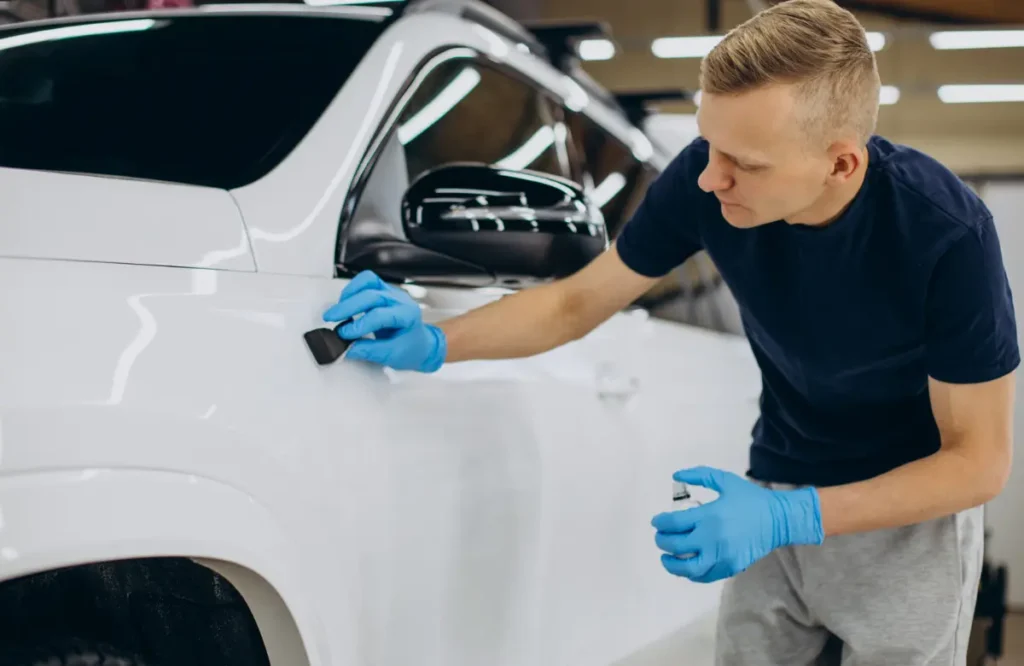
Application and Cost
Ceramic coatings require more complex and multi-layer processes, which increases the cost. However, they are more readily available. Graphene coatings, while more expensive, are easier to apply, which explains the advanced technology and materials used.
Environmental Impact
Graphene coatings, especially waterborne formulations, have reduced VOC emissions, which makes them more environmentally friendly. Some ceramic coatings are more traditional and use solvent-based materials; VOC emissions are often lower, which is why low-ceramic VOC coatings are available.
Which to Choose?
Which is better, ceramic or graphene coatings, really depends on the user’s preference. Graphene coatings are great for heat control, long-term protection and durability, although they’re more expensive. Graphene coatings, on the other hand, are a trusted and effective choice due to their availability and budget.
Conclusion
Both graphene and ceramic coatings provide top-tier protection for your vehicle’s paint. Ceramic coatings offer strong protection and a glossy finish at a more affordable price, ideal for many car owners. Graphene coatings, while pricier, deliver superior durability, better heat dissipation, and enhanced water spot resistance, making them a great choice for long-term, premium protection. For expert application and the best results, trust Izzy’s Auto Detailing to tailor the right coating solution for your vehicle. Contact us today to schedule your appointment!
FAQs
Ceramic coatings last 2-5 years; graphene coatings last 5-10 years.
Graphene coatings dissipate heat more effectively.
Yes, but graphene coatings resist water spots longer.
A professional application is recommended for best results.
Yes, but it offers longer-lasting protection.

